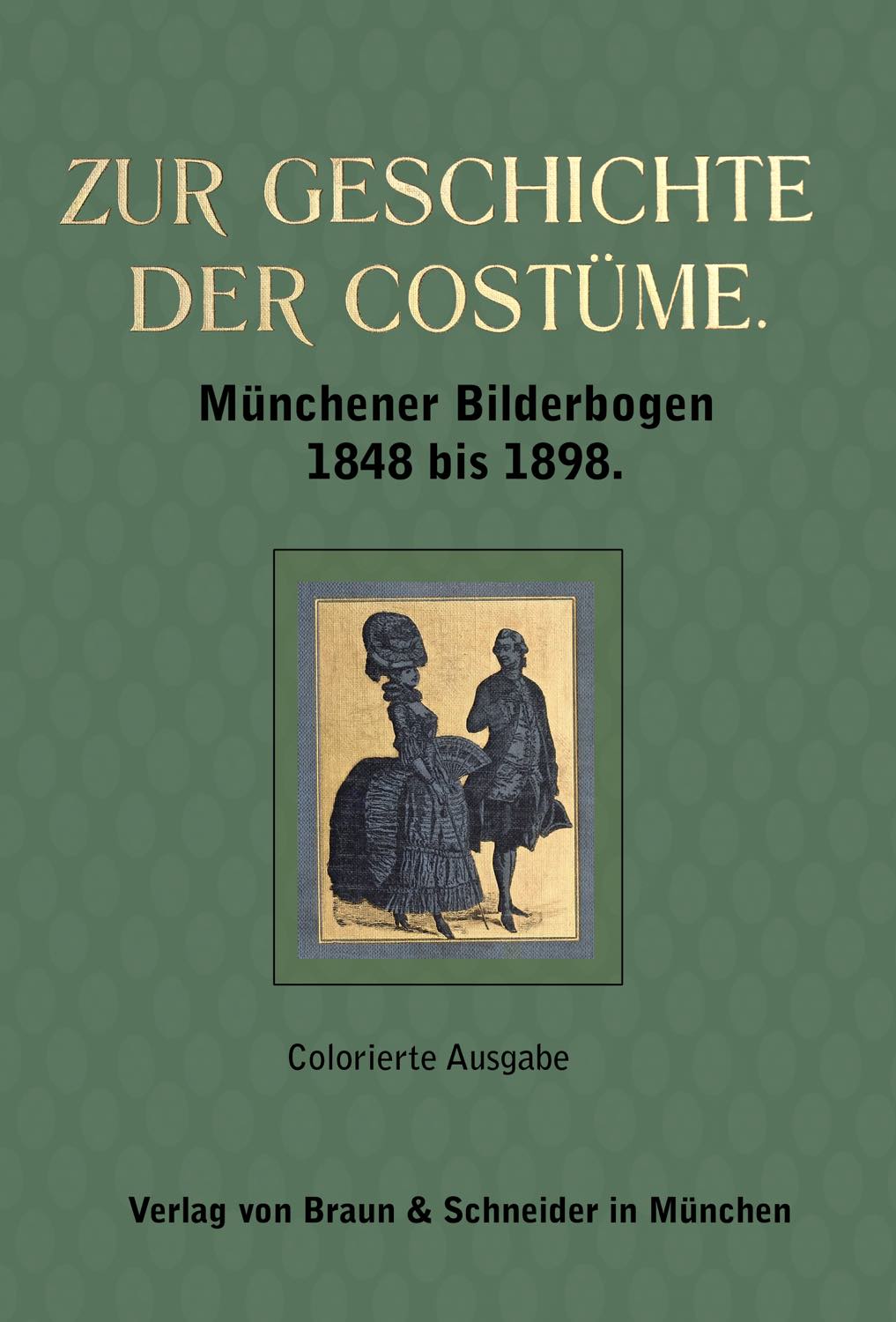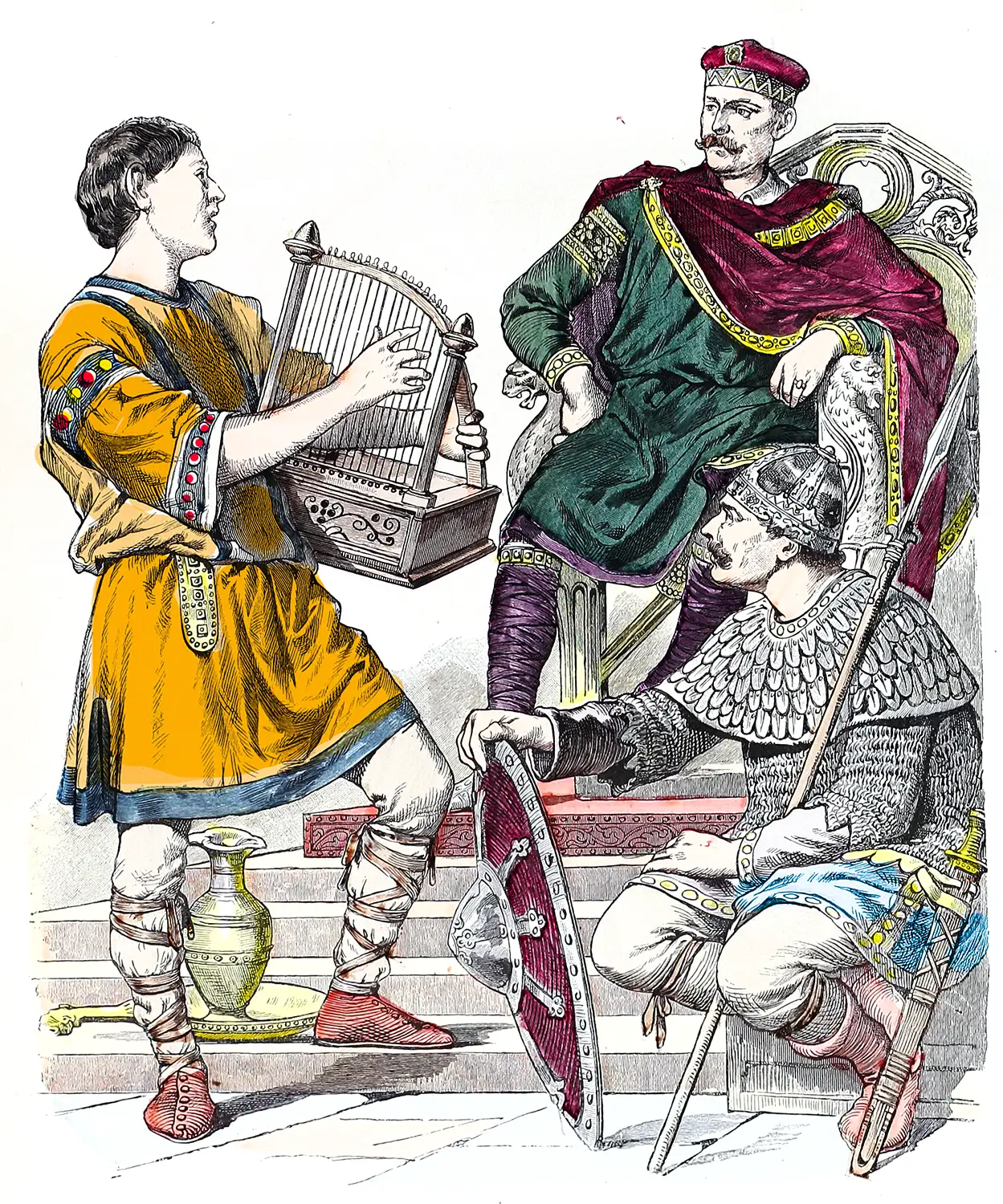Costume cavalcade, has held by members of the Leidsch Studenten Corps, at 24th of June 1890, commemmorating the 300th anniversary of Leyden University, re-living the State-entry of Emperor Charles V (1500-1558), into Nijmegen municipality, the Netherlands, 9th February 1546.
Maskerade gehouden door de leden van het Leidsche Studenten-corps den 15den Juni 1875, ter viering van den 300sten verjaardag der Leidsche Hoogeschool, voorstellende de intocht van Karel V binnen Nijmegen, op den 9 Februari 1546. Overeenkomstig de Teekeningen. Kamerheer van Koningin Emma, Huis Archem bij Ommen. By P. Somerwil., published in Leiden 1890.
Dutch Guelderian Wars. State-entry of Emperor Charles V. into Nijmegen on 9th February 1546.
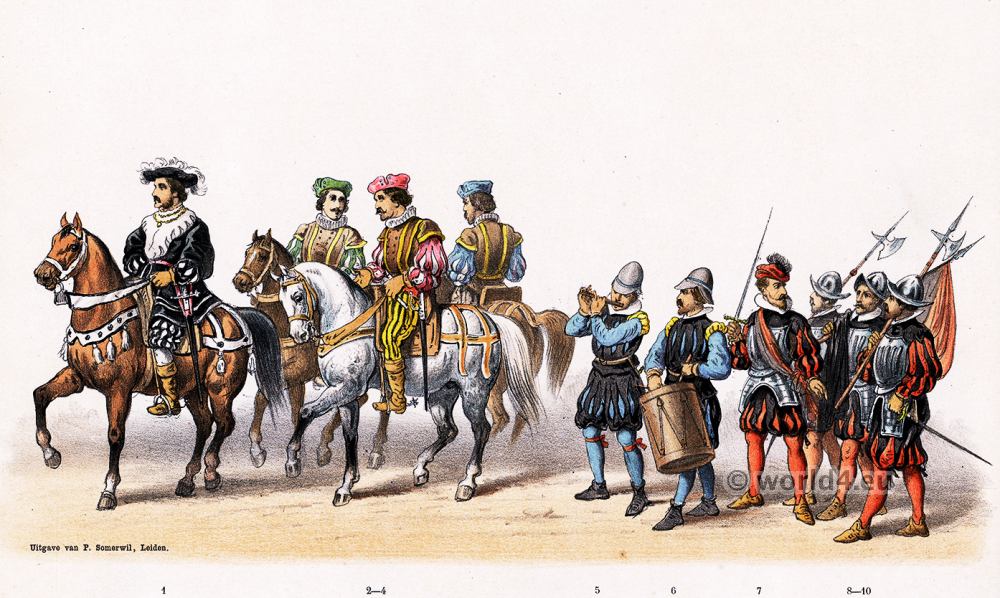
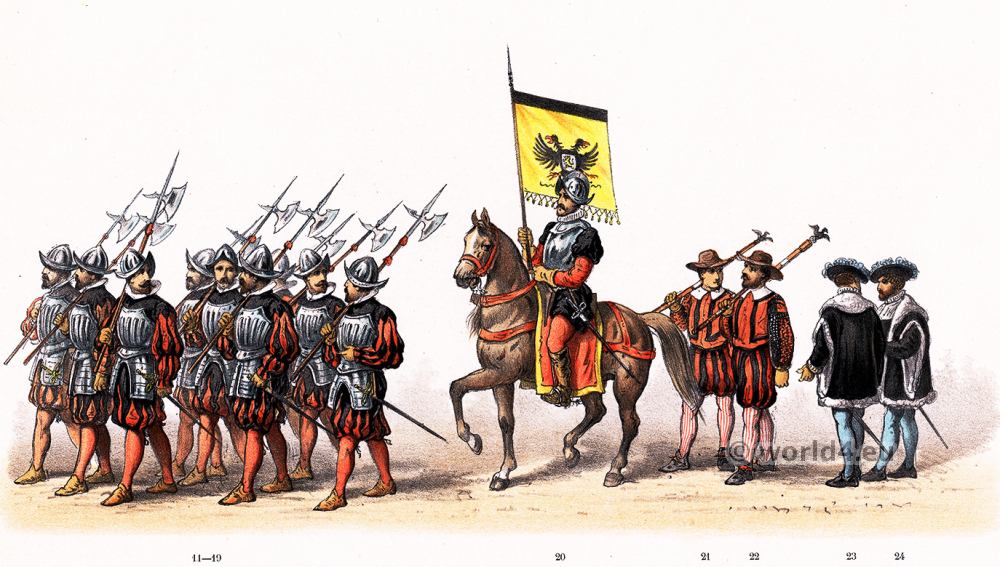
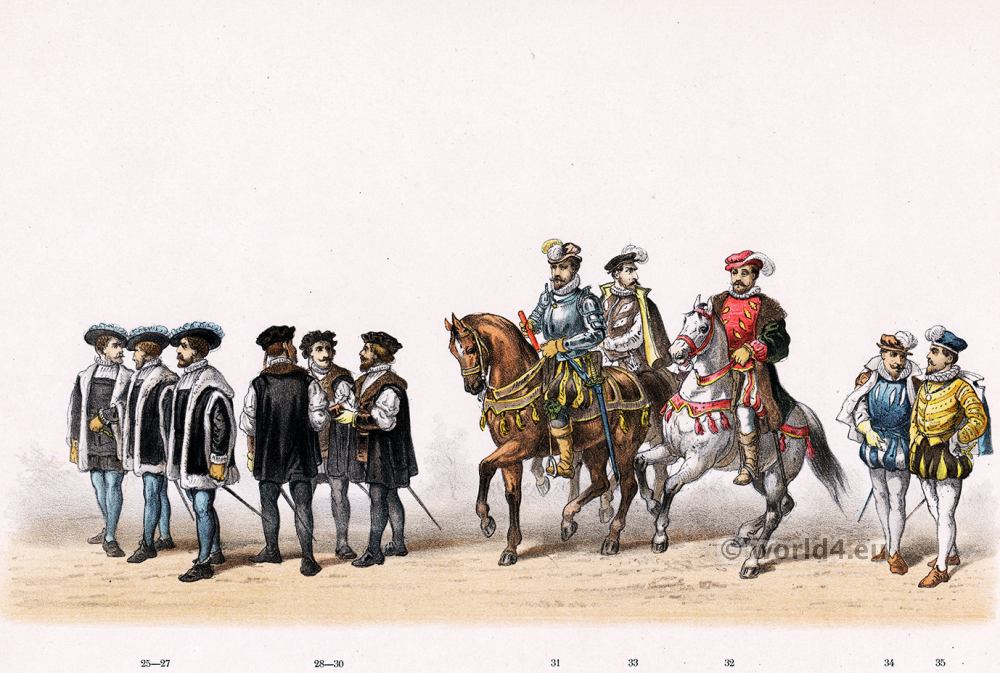
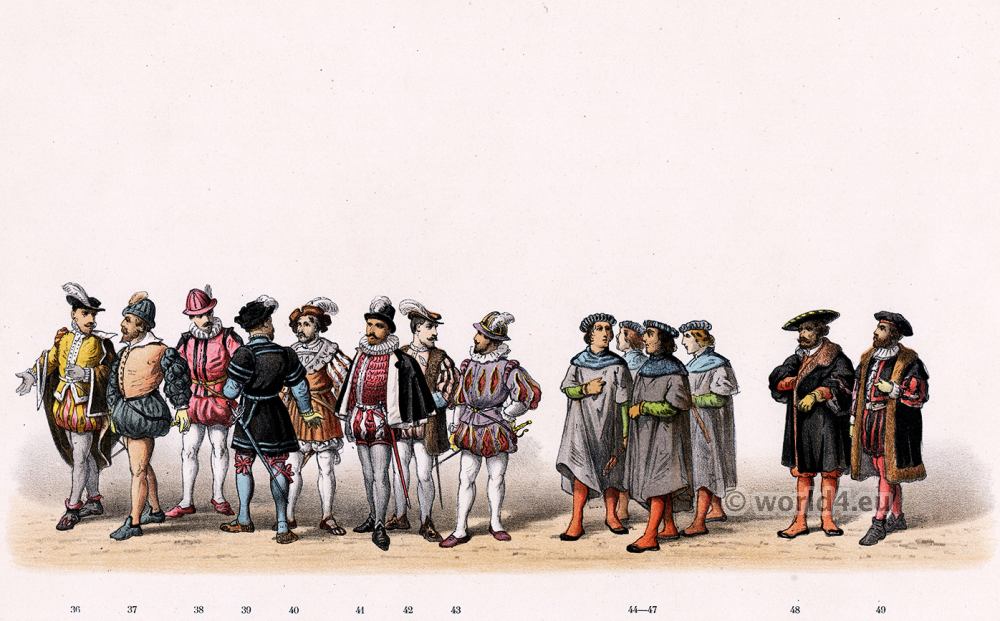
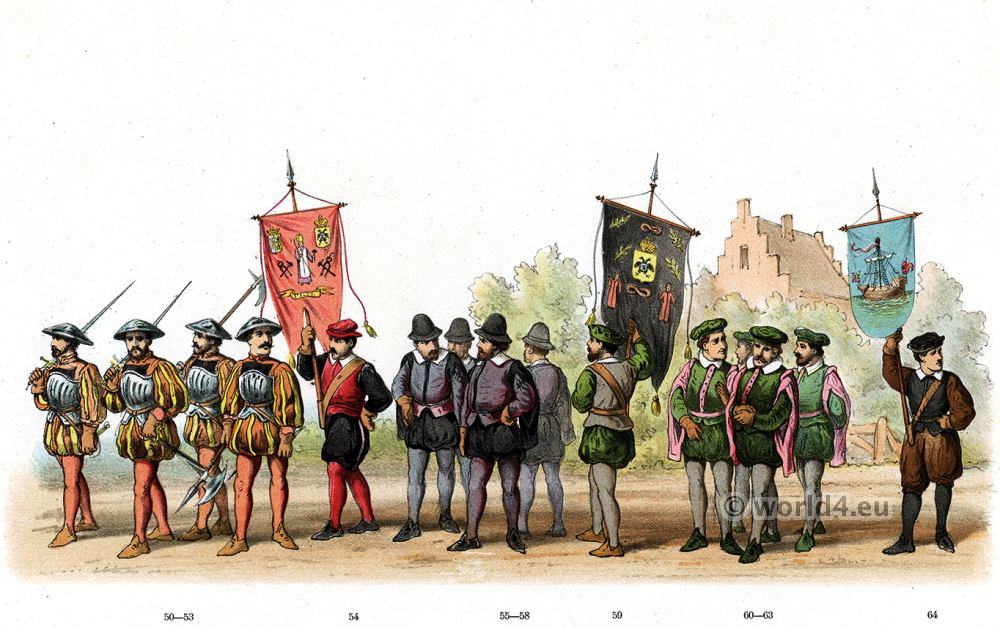
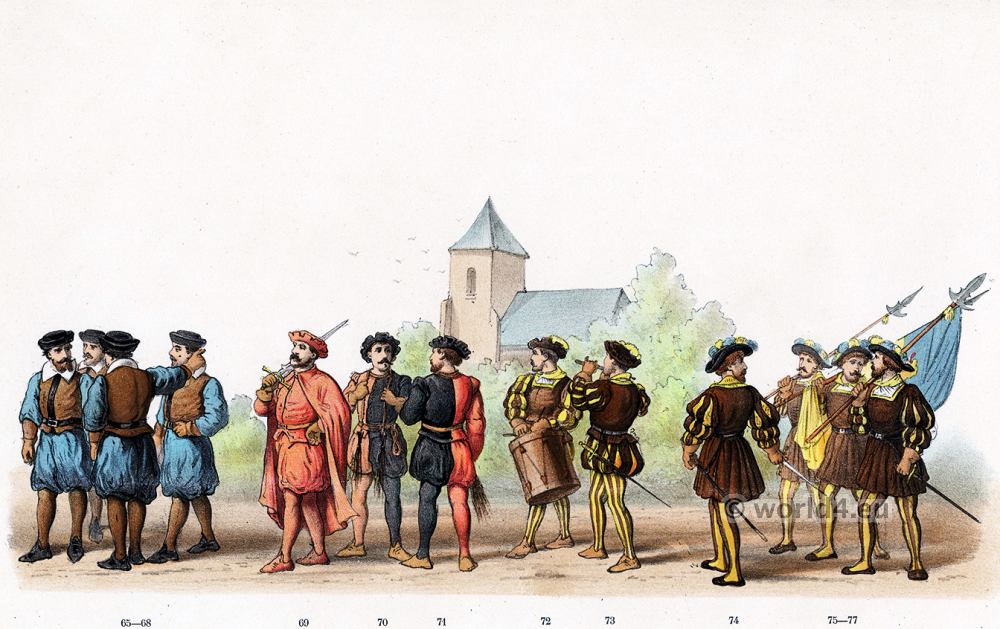
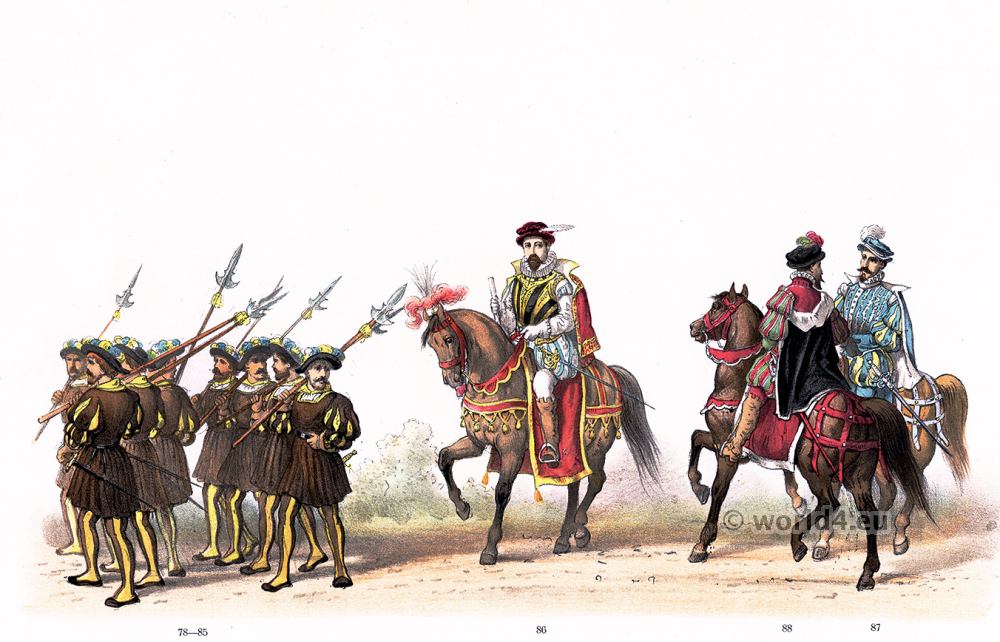

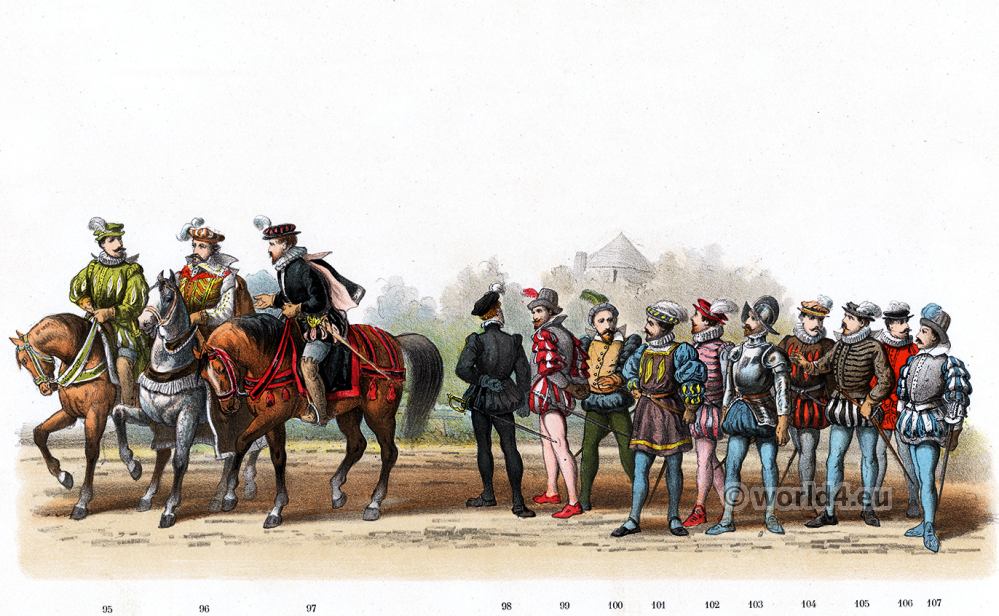

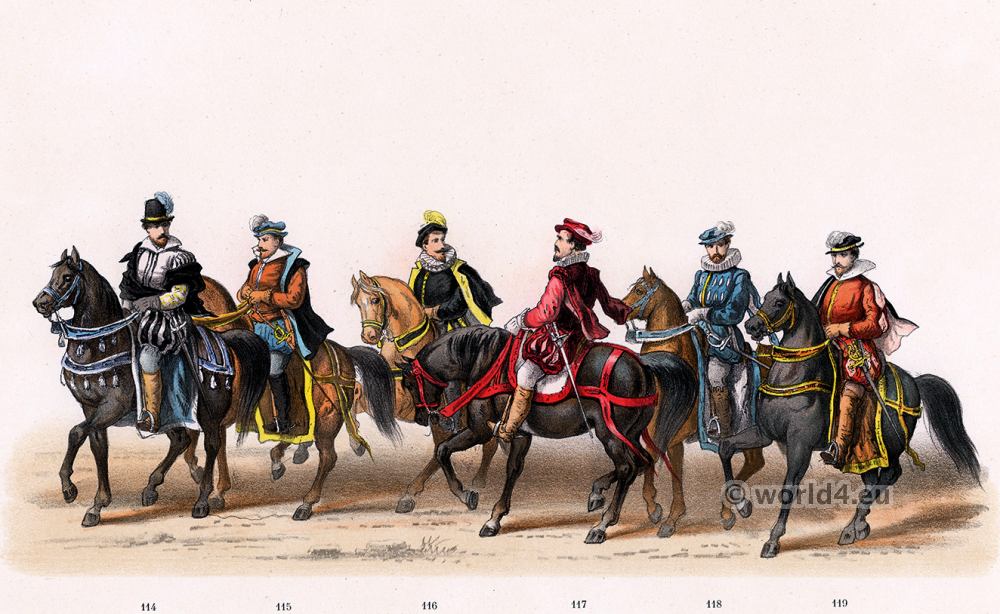
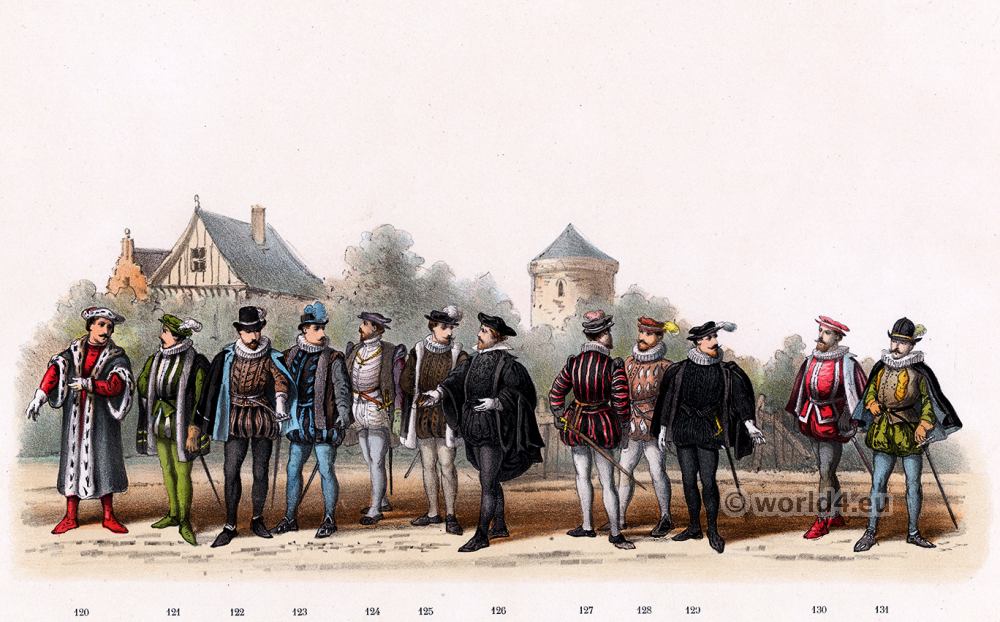
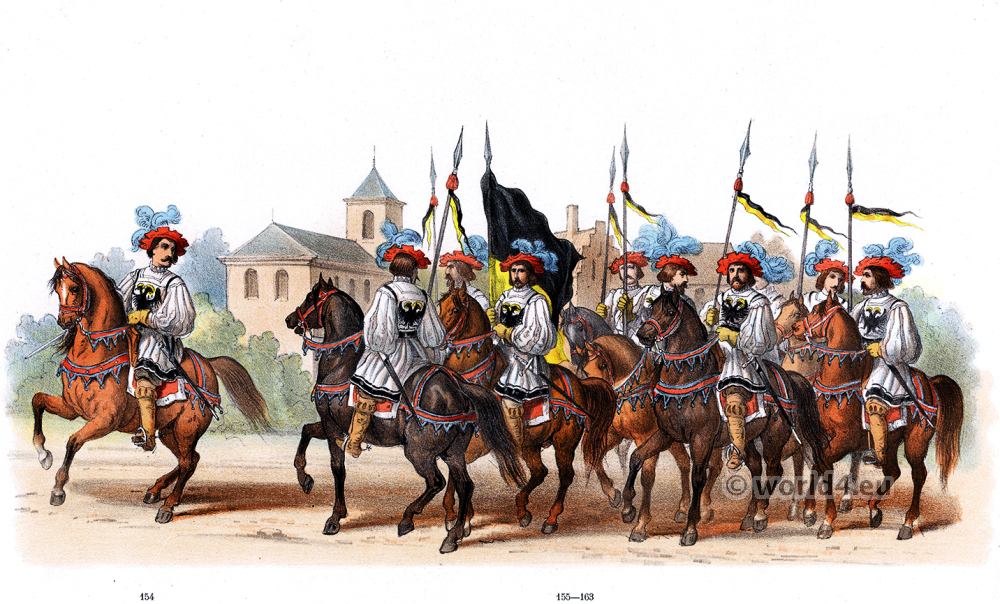
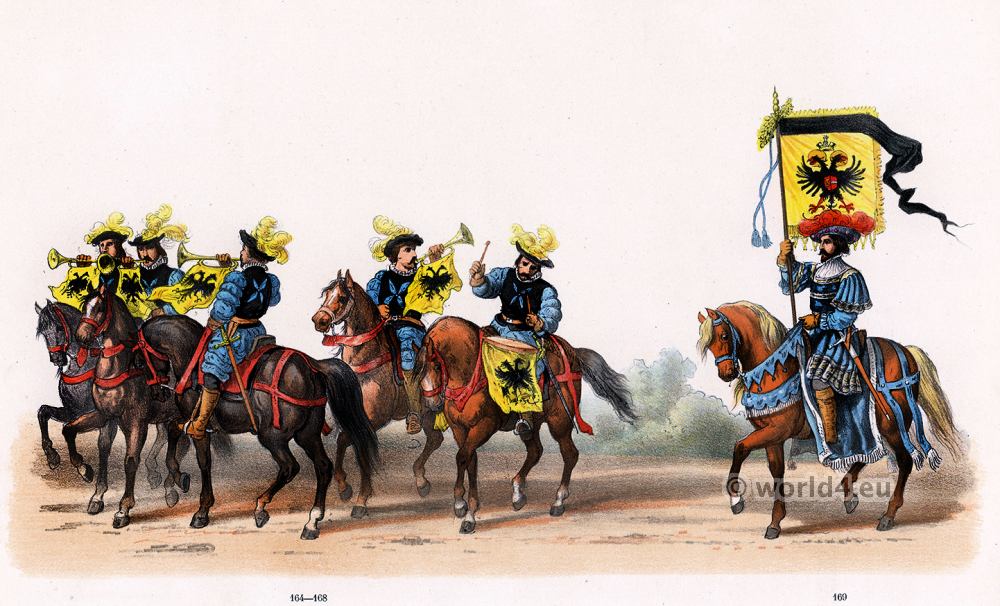

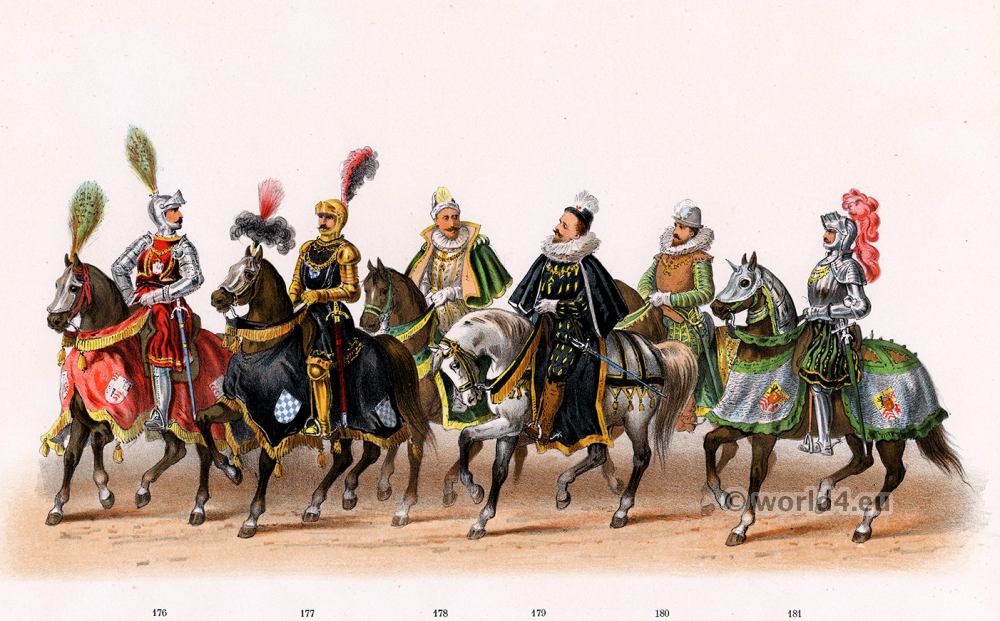
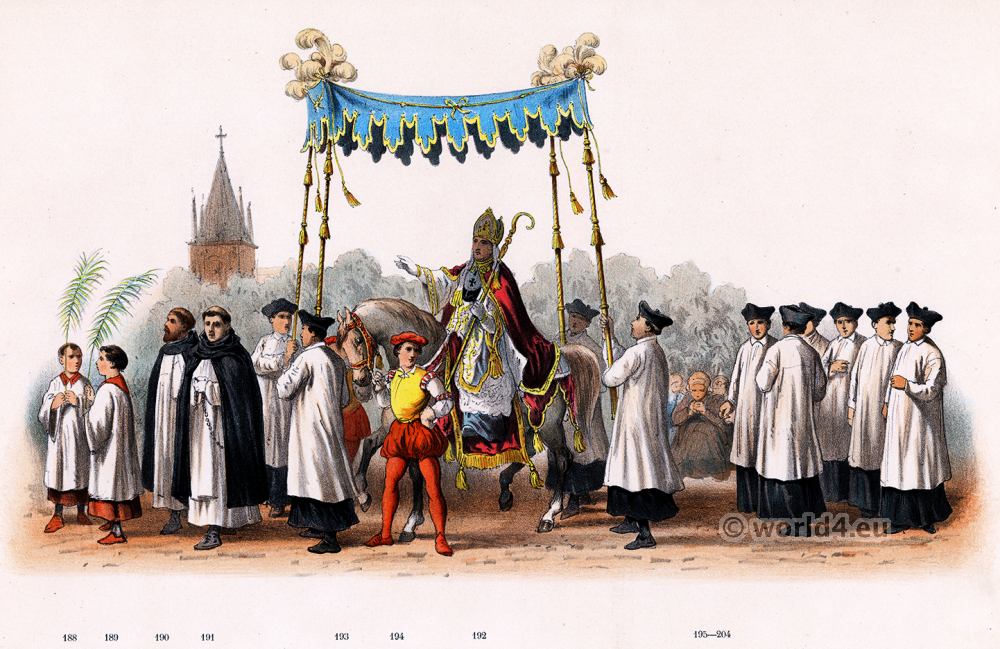

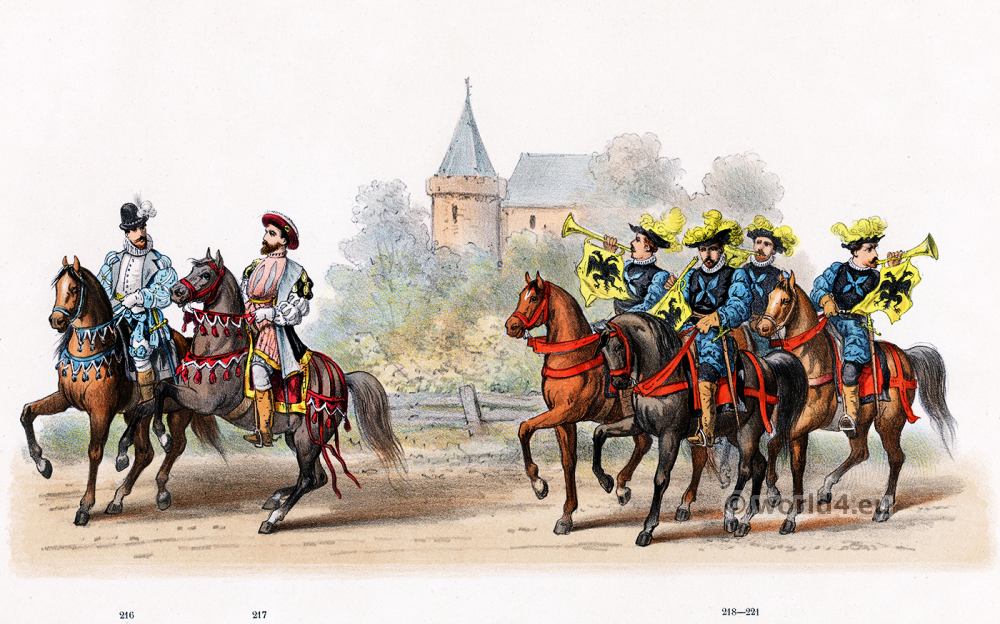
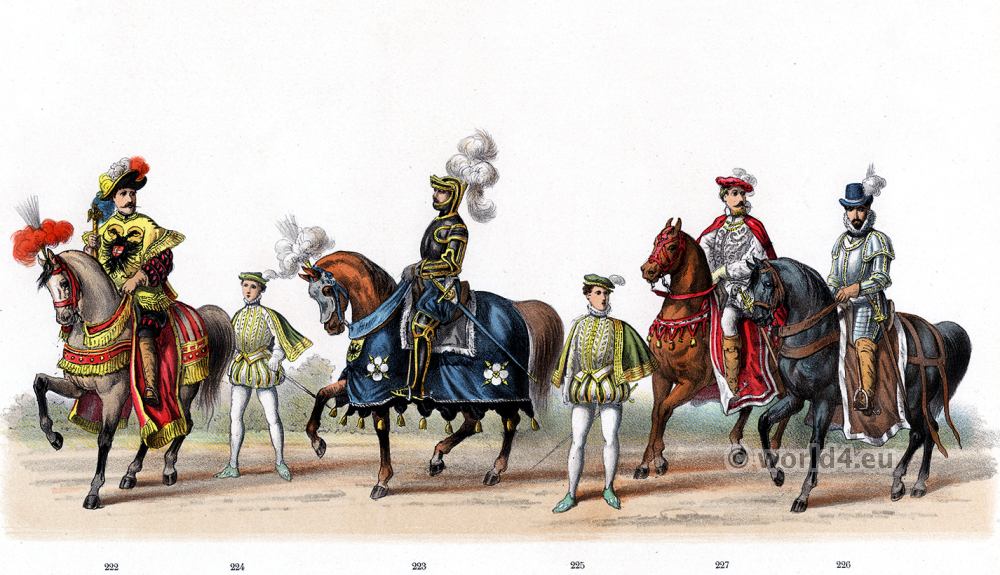
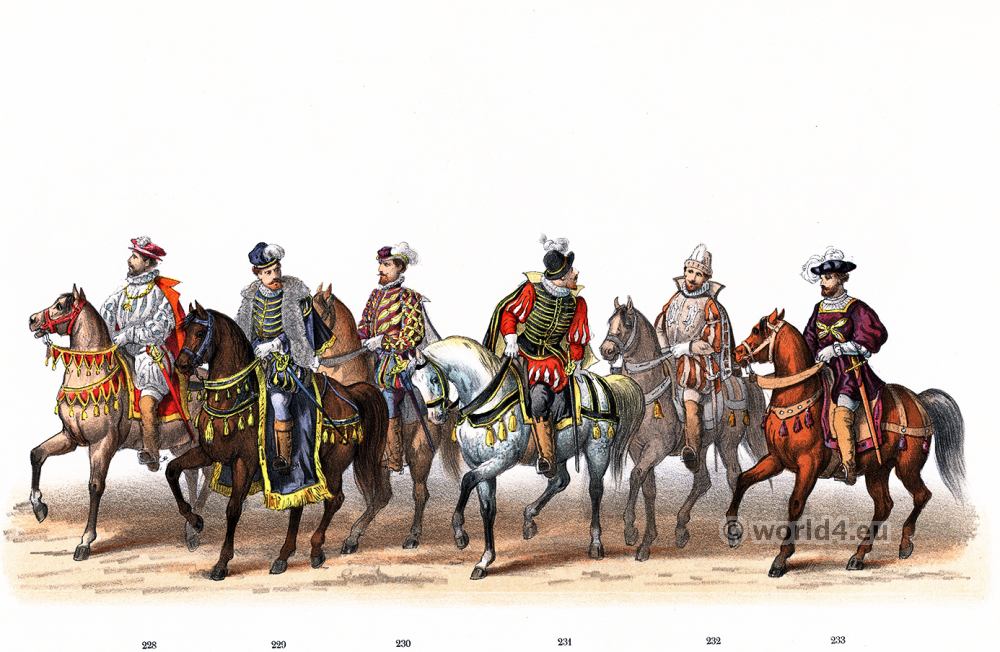
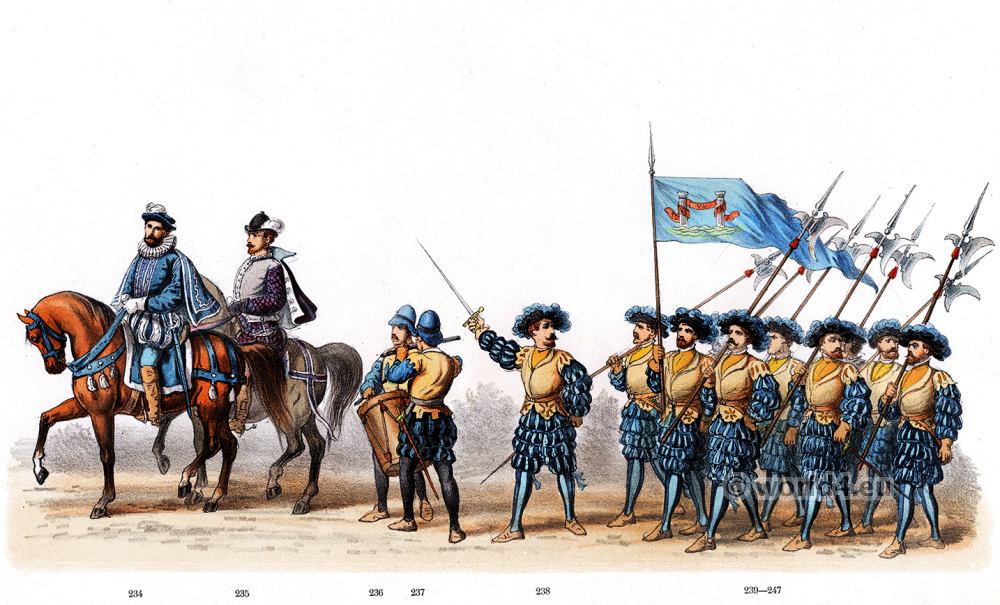
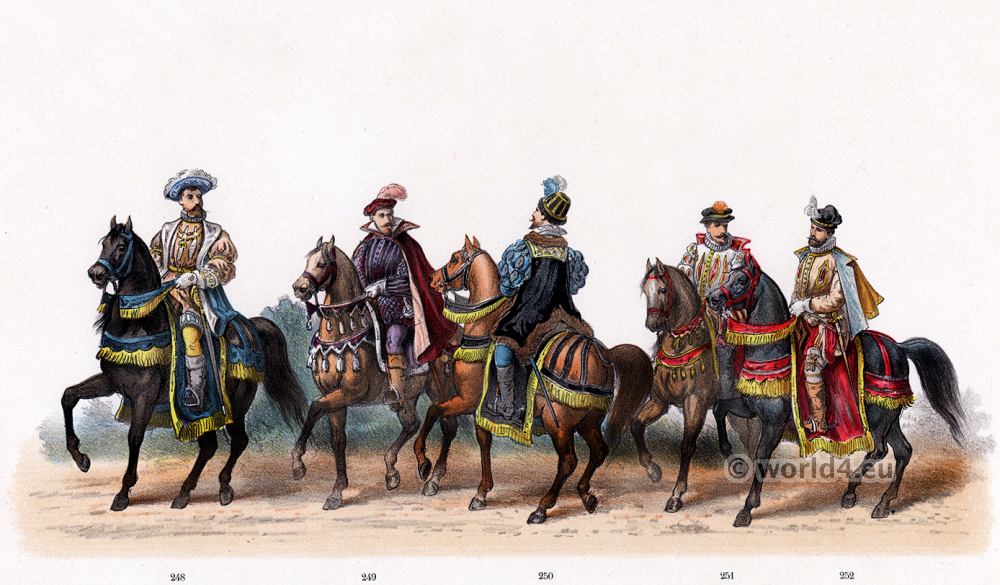
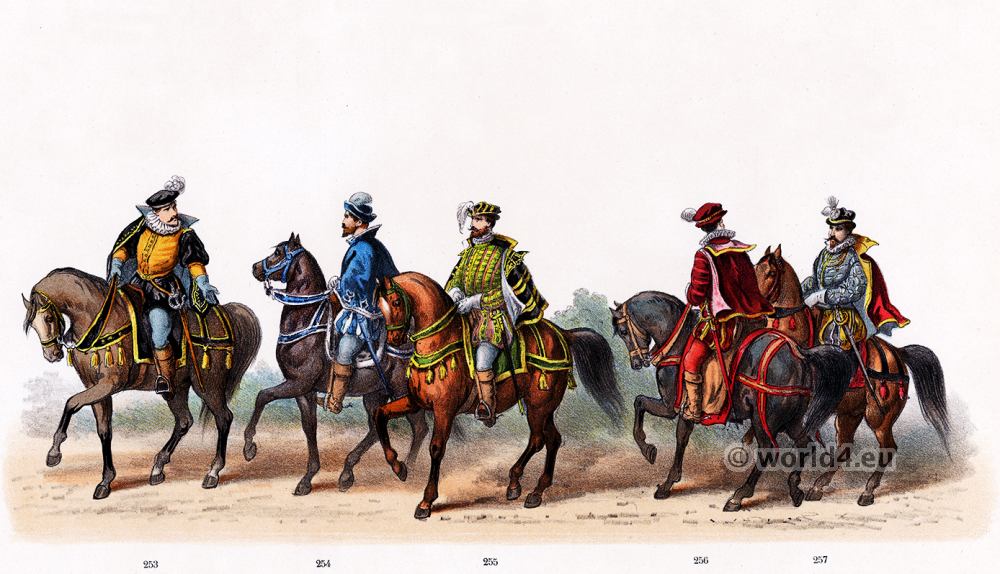
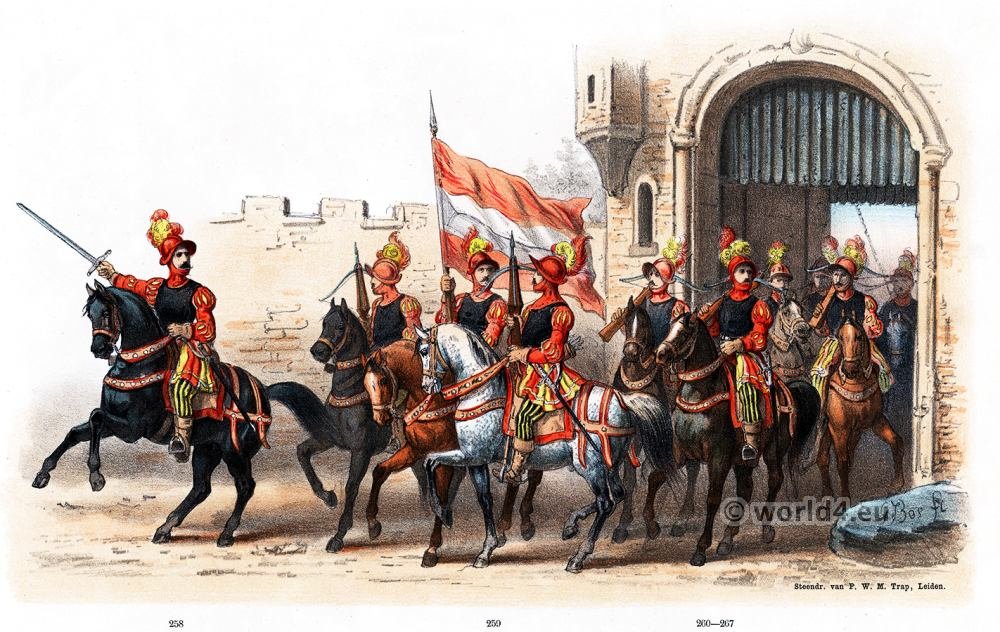
Description of the Plates:
Plate 1, Plate 2, Plate 3, Plate 4., Plate 5., Plate 6., Plate7., Plate 8., Plate 9., Plate 10., Plate 11., Plate 12., Plate 13., Plate 14., Plate 15., Plate 16., Plate 17., Plate 18., Plate 19., Plate 20., Plate 21., Plate 22., Plate 23., Plate 24., Plate 25.
Literature:
Journal of Medieval Military History, Volume 10. Boydell Press, by Clifford J. Rogers, Kelly DeVries, et al.
Emperor: A New Life of Charles V by Geoffrey Parker.
Drawing on vital new evidence, a top historian dramatically reinterprets the life and reign of Holy Roman Emperor Charles V, ruler of the world’s first transatlantic empire.
The Guelderian Wars
1502-1543.
The Gelder Wars (1502-1543 Dutch: Gelderse oorlogen) refer to a series of conflicts in the Netherlands: mainly Holland, Flanders and Brabant led by the Habsburg princes of the Burgundian Netherlands on the one hand and Gelre (Gelderland), Groningen and the Ommelanden and Friesland, led by Charles of Gelre, on the other. The Prince-Bishopric of Utrecht, East Frisia and the Saxon Dukes of Friesland can be seen as separate parties.
The short Guelders succession war, also called feud Guelders and feud Jülich is regarded as a milestone in the history of the Dutch-Lower Rhine area in which collided regional interests of the Jülich Duke Wilhelm V and the universal reign of the Emperor claim.
The war lasted for almost three months and devastated large parts of the United Duchies. The applicable as impregnable city of Düren, whose defenses were modernised significantly in the years before, was conquered and destroyed by Charles V. The same fate shared the Duchy of Jülich-Kleve-to mountain belonging castle Nideggen. In the fighting around Düren besieged up to 61,000 imperial soldiers, the city in which only 3000 inhabitants and troops of the United Duchies were.
The Guelders succession war wins Emperor Charles V at the Battle of Düren a clear victory over Duke Wilhelm V, who must in the Treaty of Venlo (1543) completely submit to the Emperor and renounce in favor of Habsburg on all Guelders claims.
The duchy of Guelders, which falls in its entirety in 1543 at Habsburg, consists of four parts, the neighborhoods known as: Betuwe (The name “Betuwe” is derived from the Batavians. It is believed that the name of the composer Ludwig van Beethoven is derived from this landscape.), Arnheim (Veluwe), Zutphen and the south and economically the most important Quartermaster Roermond, in which the city Geldern is.
After the division of the Empire of Charles V (1555/56) total Geldern coincides with the Netherlands to Spain, but remains in the German Reich. A few decades later, in the Dutch War of Independence (80 years war) go to the States-General of the Duchy of Geldern lost forever. 1648 are also constitutionally part of the Republic of the Netherlands and thus finally divorced from the National Association of. They are now by and large the Dutch province of Gelderland.




